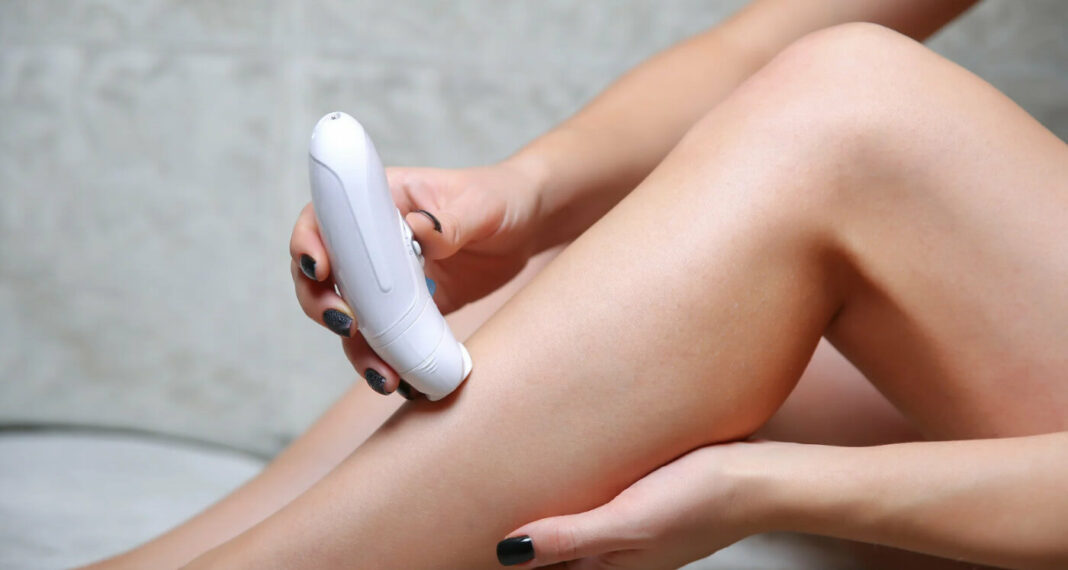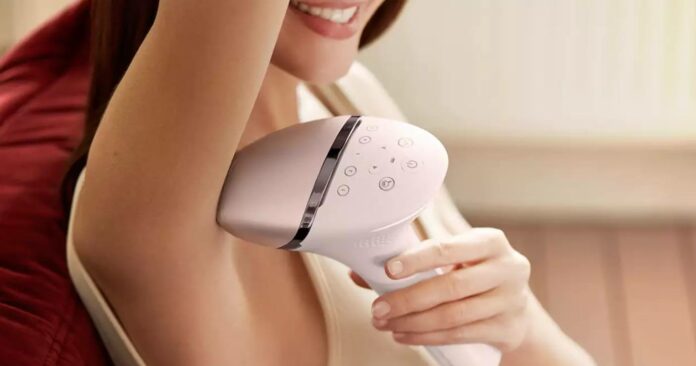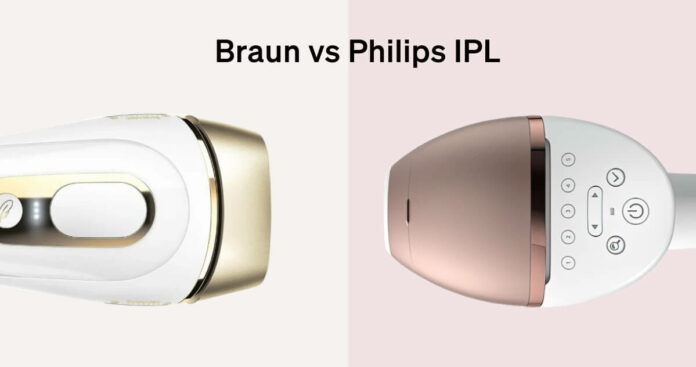There are currently more than nine
hair removal methods
, most of which are temporary and suitable for different body parts and skin tones. By now, you would probably have known that not all these methods produce effective results or cost the same amount.
Shaving, tweezing, plucking, and waxing can be relatively cheap in removing hairs, but their aftermath may devastate your skin. Epilation is a technique you can learn to eliminate unwanted hairs from your body to have clean and smooth skin.
What is Epilation?
Epilation is a hair-removing technique that involves removing hairs from their roots. The electrical device that accomplishes this is called an epilator.
The definition suggests that this process will be painful. And, yes, many people have reported mild pain or discomfort after using an epilator. However, if your pain threshold is between average and excellent, the discomfort is very insignificant. It even vanishes with repeated treatments.
Does an Epilator Remove Hair Long-lastingly?
Epilation is a temporary hair-removing method. However, it takes between four and five weeks after the process before hairs can resurface on that spot again. And most regrows are thinner and lighter than the original hair.
Repeated epilation can lead to long-lasting hairlessness, but it isn’t an outright process. Hairs can still regrow even after ten epilations. The only thing guaranteed with this approach is a long time of hairlessness and sparse or thin regrowth after the process.
Benefits of Using An Epilator
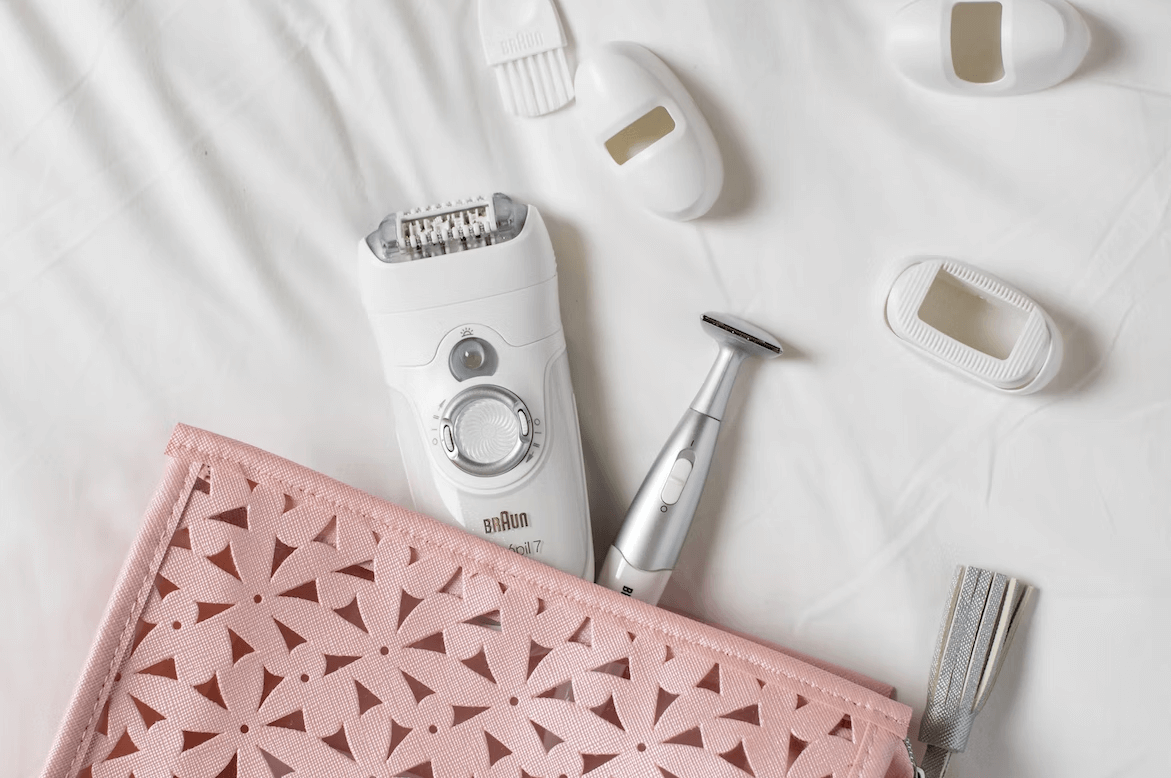
The best way to appreciate the effectiveness of an epilator is to compare it with other hair-removal methods. Treated separately, one might miss its benefits. So, compared to waxing, plucking, shaving, and different temporary approaches to eliminating unwanted hairs, the following are the benefits of epilation.
-
An epilator’s smoothness lasts up to four weeks, making it better than shaving and other removal means.
-
Modern epilators can pick up hairs as tiny as 0.5 mm, making it better than waxing that often glosses over these little hairs.
-
The hairs that regrow after epilation are less noticeable than the ones before.
-
Of course, epilation results immediately, unlike IPL or some depilatory creams that may take time.
-
An epilator is easy to operate at home.
-
An epilator costs less to maintain than a shaver, often requiring a razor change.
Risks of Removing Hairs With An Epilator
It Can be Painful
Mechanically removing hairs from their roots sure comes with some discomfort. If your pain tolerance is minimal, you may find your session quite uncomfortable.
You Can Develop Ingrown Hairs
Since epilators only remove hair strands from their roots without exfoliating the skin, when new hairs want to regrow, some of them may become trapped by dead cells and dirt, leading to ingrown hairs. Of course, ingrown hairs elicit painful inflammations like pimples and cysts.
Skin Redness is Possible
If you have sensitive skin, it can become red and swollen after epilating. That is why experts advise that the treatment is better at night when the person can rest and get better the next day.
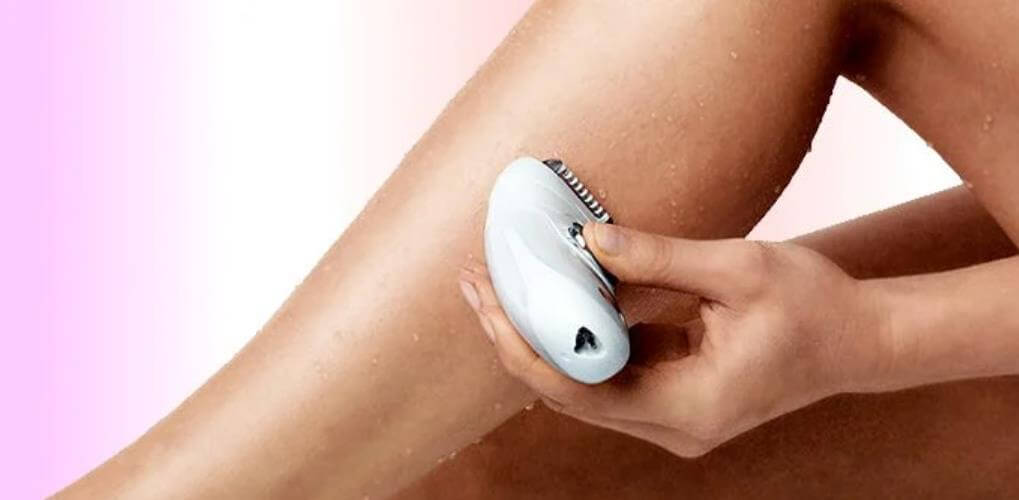
You Can’t Rush Epilation
It takes patience to use an epilator effectively. For instance, if you are working on your leg, it can take between 30 minutes and 1 hour, depending on your size, the type of epilator used, and your pain threshold.
Types of Epilators
If we consider the medium of use, epilators can be wet, dry, or both. Wet epilators in damp skin and hair, for instance, when having your bath, while the dry type only works when the skin is dry.
Wet epilators do not cause as much pain as dry ones, but they are often less effective than the former. The reason is that when the hair is wet, it becomes attached to the skin, making it difficult for the device to pick.
If we want to categorize epilators based on operation technology, three types are possible. These include:
-
Tweezer-Like Epilators: These have tweezer-like plates on their heads, with which they pick hair strands and uproot them. Many of the more modern epilators are like this.
-
Electric Spring Epilators: these types have coils in place of tweezers on their heads. The rings twist when powered by electricity, grabbing and removing hairs. This design is old and fading away in the market because it isn’t durable.
-
Rotating Disc Epilators: These epilators utilize many rotating small springs to catch hair strands in multiple directions and uproot them. If you choose to buy this type, be wary of low-quality ones that often have many rotating discs that do not last.
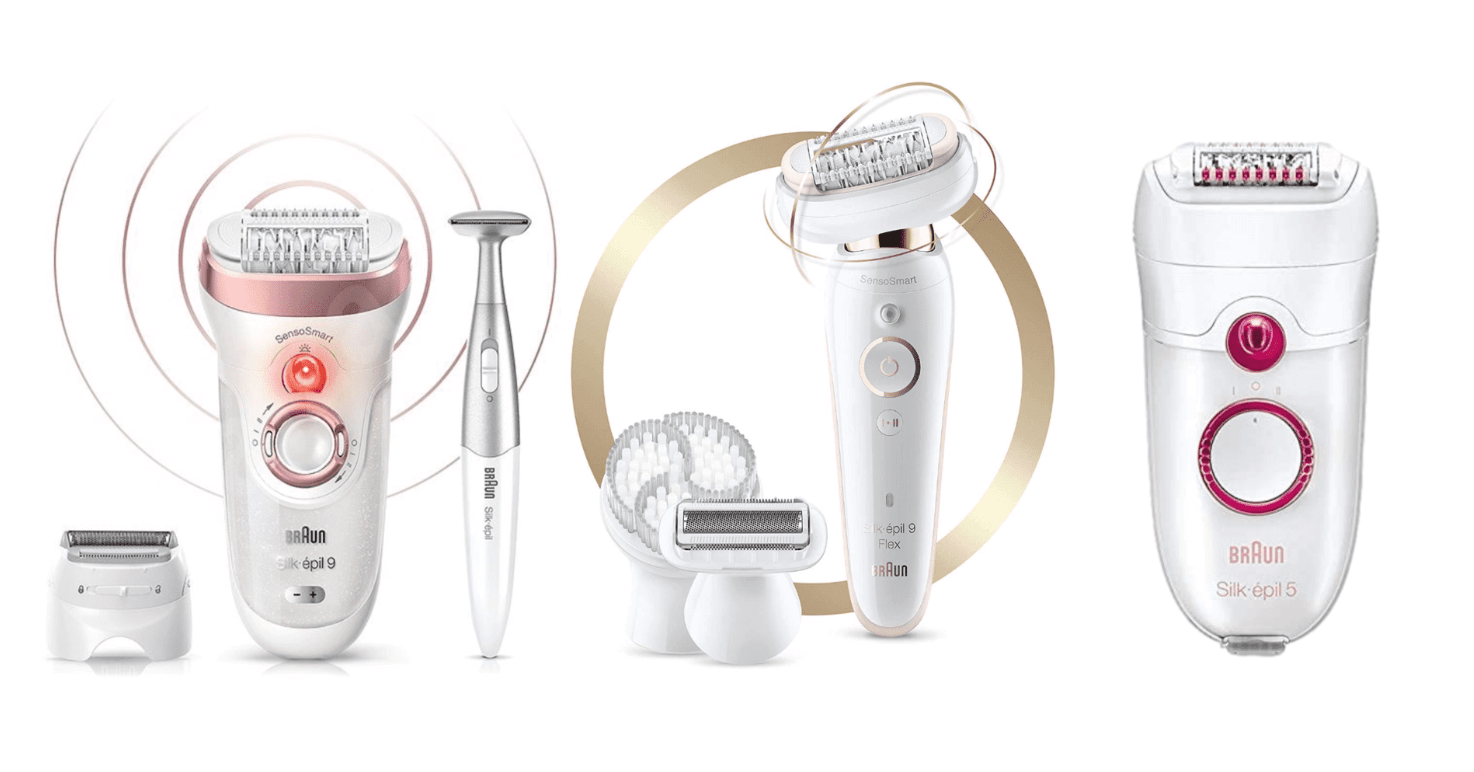
How to Use an Epilator
Before using your epilator to remove hairs, it’s best first to exfoliate.
Exfoliation
is a way of eliminating accumulated dirt and dead cells from your skin. You can achieve this in
three ways
, but it’s better to research more to find which exfoliating method is best for your skin.
Since most epilators are graduated in speed, it would be best to start with the lowest speed rating and progress gradually as you can take it. In using the device, you are not to press it against or move it too close to your skin; instead, hold it at 90° to your skin and loosely to your hair.
Move the epilator gently and slowly in the direction of hair growth, and try to stretch your skin as you move the device. An epilator can suddenly become a shaver if you move it in the wrong direction – opposite to the hair growth’s direction.
Things to Note When Epilating
-
Effective epilation requires patience; if you rush the process, you might not get the smooth skin you desire.
-
Ensure that your skin is dry, regardless of the exfoliation method you use, before using an epilator.
-
All epilators require cleaning after use. The manual should contain the guidelines for doing this, and you mustn’t forget.
-
Epilation is best done at night so that if you experience any skin redness or irritation, it will have subsided before the day breaks.
-
Always moisturize your skin after epilation to minimize skin irritation or redness. The best soothing moisturizer is an aloe vera combination because of the calming and antimicrobial effects it has.
Can Epilators be Used on the Face?
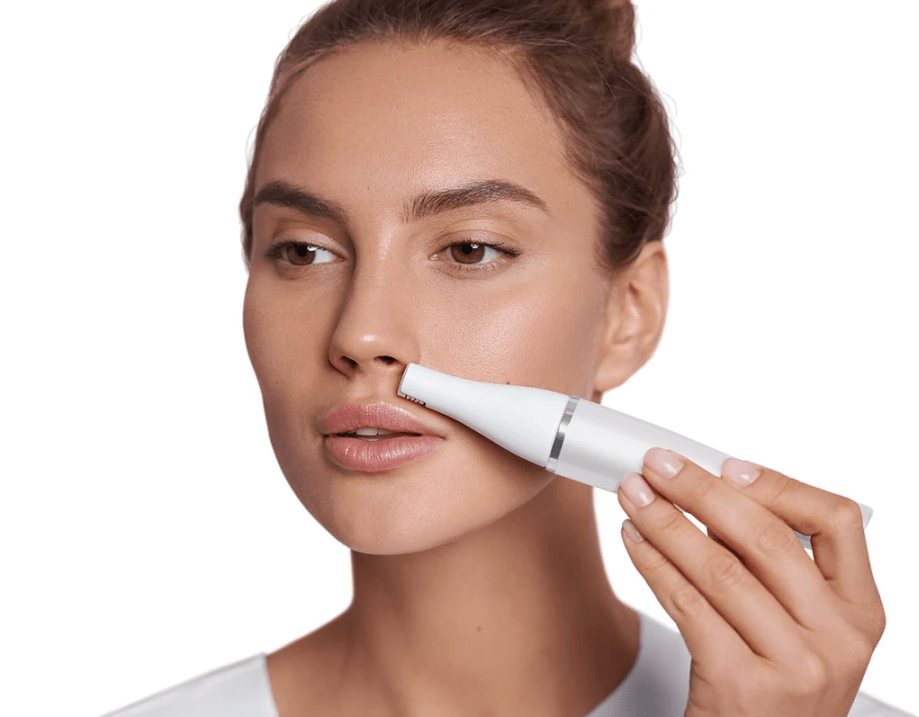
Most people will probably have no challenge agreeing that epilation is OK for their legs, but to mention the face or even the pubic area will most likely perk up the ears and widen the eyes. That’s because the skin in those areas is sensitive.
Nevertheless, many safely remove hairs from their upper lips, armpits, face, and pubic areas with dedicated epilators. Perhaps, I should reiterate this; there are dedicated epilators for facial hair removal, which consider the unique nature of the skin there. If you follow the device’s instructions, you will be OK.
Epilators can be used on almost every body part where you want to eliminate objectionable hair. These include your legs, chin, armpit, pubic area, and face.
Its usability does not, however, eliminate its risks, particularly that of pain. But with dedicated epilators, you can minimize this risk and enjoy longer, smooth skin than shaving.
Conclusion
Besides the main setback of epilation and pain, the method is versatile, effective, and relatively affordable. Epilators are, however, of different grades and types, and this demands you to research the kind you will buy that will serve you well.

 By Viktoria
By Viktoria
